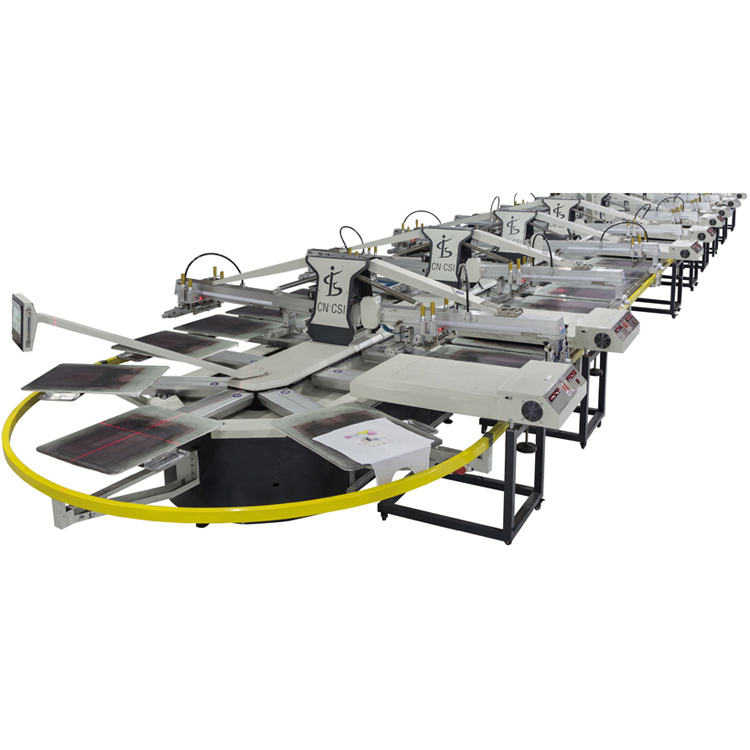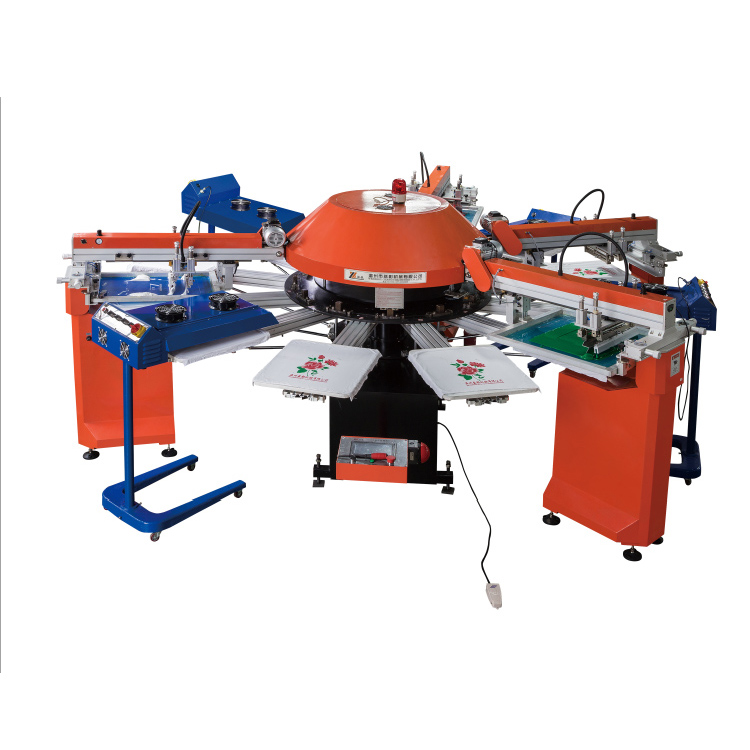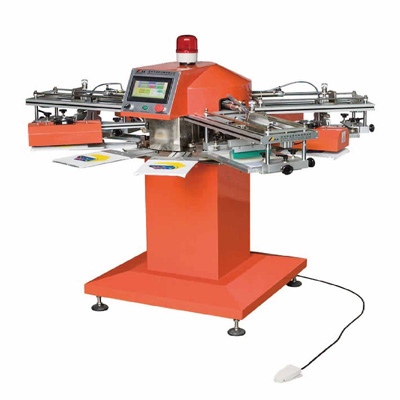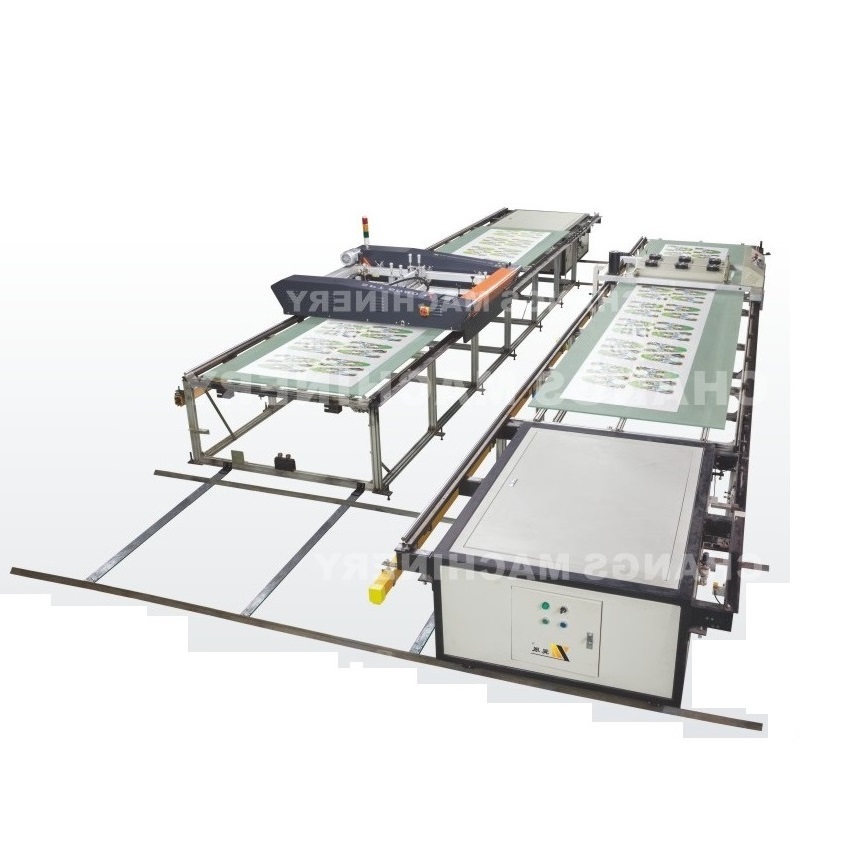Heat transfer is fundamental in industrial applications, especially for Heat Transfer Machines. There are three main types: conduction, convection, and radiation. Comprehending these can optimize the performance of such machines and yield high - quality heat - transfer results.

I. Conduction
1. Principle of Conduction
Conduction transfers heat energy via direct contact between substances. In solids, vibrating atoms or molecules pass on kinetic energy to adjacent particles. For example, heating one end of a metal rod makes the nearer atoms vibrate more, transferring energy along the rod. Heat conduction rate depends on material thermal conductivity, temperature gradient, and cross - sectional area and length of the conducting path. High - thermal - conductivity materials like copper and aluminum are often used in Heat Transfer Machine components needing efficient heat transfer.
2. Application in Heat Transfer Machines
In Heat Transfer Machines, conduction is often used in heating elements. For a hot - press Heat Transfer Machine for fabric or substrate design transfer, the heating platen has good thermal conductivity. When the internal heating element is powered, heat conducts through the platen to the substrate and heat - transfer medium, ensuring even heat distribution for high - quality design transfer.
II. Convection
1. Principle of Convection
Convection transfers heat through fluid (liquid or gas) movement. It occurs due to temperature differences within the fluid, with hotter, less - dense fluid rising and cooler, denser fluid sinking, forming a convection current. For instance, in a radiator - heated room, air near the radiator heats up, rises, cools, and sinks back, distributing heat.
2. Application in Heat Transfer Machines
Some Heat Transfer Machines use forced - convection to enhance heat transfer. In large - scale industrial dryers, fans or blowers force hot air over materials, transferring heat to evaporate moisture. In heat - transfer printing, convection can be involved in the curing process, with hot air blown over the printed substrate to ensure proper ink or coating curing, improving product durability and quality.
III. Radiation
1. Principle of Radiation
Radiation transfers heat energy through electromagnetic waves without needing a medium. All objects emit and absorb thermal radiation. The amount of radiation depends on an object's temperature and emissivity. Hotter objects emit more infrared radiation, like the sun's heat radiation reaching Earth through space.
2. Application in Heat Transfer Machines
Some advanced Heat Transfer Machines use infrared radiation for heating, especially when precise and rapid heating is needed. In the printing industry, infrared - based machines can quickly dry and cure inks during heat - transfer. The infrared radiation penetrates the material, heating it internally for faster and more efficient curing, which is beneficial for heat - sensitive materials.
In summary, conduction, convection, and radiation are the three main heat - transfer types, each with unique principles and applications in Heat Transfer Machines. Understanding and using these mechanisms can help manufacturers operate these machines more efficiently and produce high - quality products across various industries.






